Global supply chains have been under significant strain continuously since the onset of the Corona crisis in 2020. The recurring lockdowns at Chinese ports and the consequences of Russia’s current war of aggression on Ukraine are putting further pressure on supply chains. In addition to these external factors, the behavior of the companies themselves is now exarberating the problem: Many companies place parallel orders with several suppliers in order to avoid delivery failures. As a consequence, this leads to narrowed supply bottlenecks in other supply networks. Due to these developments, many companies are thinking about re-regionalizing their supplier networks – so-called “near-shoring”. In addition the need for structured operational support has risen sharply.
In the following we will use three examples to show how ConMoto finds solutions in its projects to make its customers’ supply chains more resilient and how we provide operational support in untying “supply knots”.
Project example 1: globally operating automotive supplier

Material costs accounted for almost 80 percent of total costs at this customer even before price inflation caused by the Ukraine crisis, which corresponds to a 7:1 ratio of material to pure logistics costs. Currently this share is still rising. Also the supplier working with us had been experiencing problems for 18 months with the supply of parts for various product groups (including electronic components and metals) and delivery times from Asia of up to two to three months, which were also not reliable.
The mission for ConMoto was to reduce logistics costs and make the supply chain more resilient through re-regionalization.
The project began with a targeted make-or-buy analysis for proprietary components and the restructuring of parts supply. Based on the results, the customer decided to expand in-house production and adopt a near-shoring strategy, shifting purchasing and production from Asia to Central and Eastern Europe. In the short term this meant more effort in supporting and enabling suppliers. In the medium and long term this additional effort leads to increased productivity and increased competitiveness.
Project example 2: Large machine builder
In this particular case there was an operational (and in the current situation frequently occurring) problem to solve: Only 150 small parts, such as electronics, were missing for the completion and commissioning of a machine costing several million euros, that consequently couldn’t be delivered to the customer. ConMoto’s task was to support the localization of these parts through a structured search process.
ConMoto defined a clear search assignment together with the customer. By systematically combing through the material master data available in the company, weak points in the data structure and data maintenance were uncovered. As a result two thirds of the required parts were found within the company. At the same time the project team fixed the intransparency of the master data and its lack of standardization. The remaining parts were located by identifying specialized parts brokers wo could deliver within a short period of time.
At first glance this “parts search” example seems like an unusual special mission. With a fitting structured approach problems like these can be solved comparatively easily. ConMoto was able to help here to prevent impending conflicts with customers or even expensive contractual penalties due to delays in delivery.

Project example 3: Specialty chemicals company

The customer company sells finished specialty chemical products. In the supply chain crisis problems arose because raw materials were missing, causing sales to stall. This had a negative impact on the company’s available working capital and liquidity. In this situation ConMoto was given the task of reorganizing the supply of raw materials.
The team launched a project to restructure the processes for sales and operations planning. The focus was on adapting important logistical parameters to the new conditions. This included minimum and maximum inventories, replenishment lead times, and safety stock levels of required components. At the same time a review process was defined to regularly adjust the parameters to changing market conditions. The project team used PowerBI and machine learning algorithms to set up the planning system.
Similar effects of supply chain problems across industries
Disruptions in the supply chain inevitably cause congestion in order processing. The increasing backlog creates more and more work-in-process inventory, as new orders are constantly started and processed until no more components or semi-finished products are available. As a result, unfinished orders block production, and an unnecessarily high amount of capital is tied up because delivery and invoicing are not possible. Uncoordinated activities and countermeasures – “we have to do something after all” – are exacerbating the problems in many places.
ConMoto helps its customers address order processing congestion caused by disrupted supply chains with clearly defined methods . A systematic and structured approach means that no unfinished orders cause production delays. Better planning reduces backlog, frees working capital and leads to lower capital commitment.



 Deutsch
Deutsch